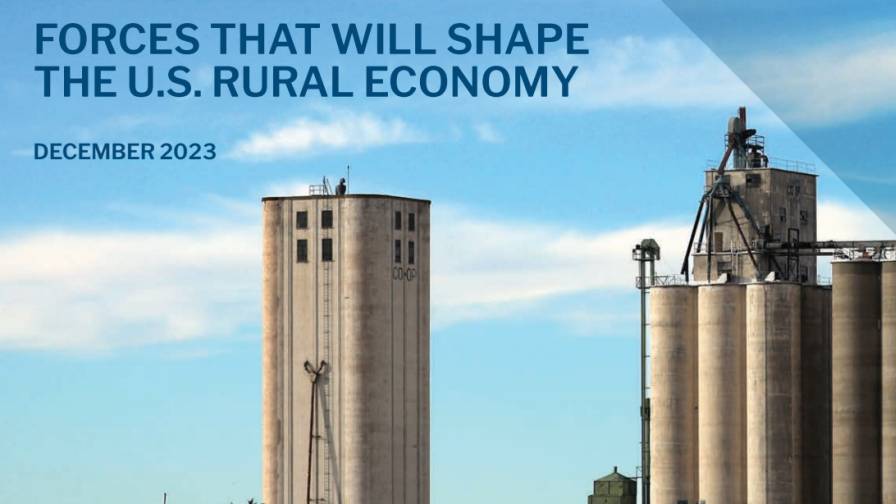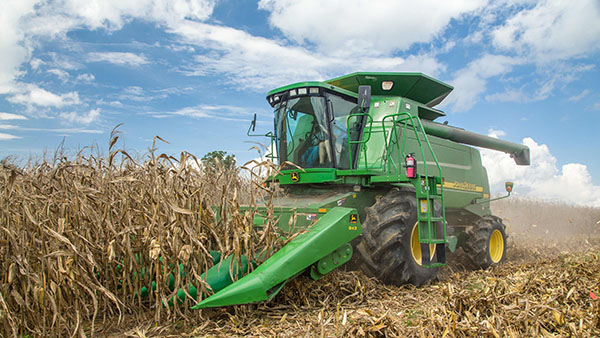






In addition to the challenges and uncertainties already faced by the agricultural industry, the American pork industry is now grappling with an oversupply of pork, declining consumption, and the impact of weather disasters on pork processing [cacaca2a] [69f2a996]. The oversupply of pork in the American market is partly attributed to a decline in pork exports to China [cacaca2a]. The industry is hoping to stabilize profits by increasing domestic demand and exploring new markets [cacaca2a]. To achieve this, the industry is addressing misconceptions about pork and promoting it as a versatile and flavorful meat [cacaca2a]. The American pork industry has a long history and has contributed significantly to the U.S. economy, but it now faces the challenge of overproduction, changing consumer preferences, and the effects of weather disasters on processing [cacaca2a] [69f2a996]. If pork producers are unable to attract more young consumers, annual consumption is projected to decline [cacaca2a].
The American pork industry is highly efficient in producing tenderloin, ham, sausage, and bacon, resulting in a glut of pork and a decline in profit margins for producers [cacaca2a]. Major processors like Tyson Foods and farmers are experiencing losses as a result [cacaca2a]. The industry is exploring various solutions to address this issue, including cultivating new overseas markets, repositioning pork as an affordable alternative to beef, and encouraging consumers not to overcook pork [cacaca2a]. However, the American public's perception of pork as tough and unappetizing due to food-safety messaging poses a challenge [cacaca2a]. To combat this, the industry is targeting younger consumers to increase consumption and introducing quick-cook bacon and promoting other pork cuts to make pork more appealing [cacaca2a]. Marketing efforts are also being focused on specific markets and demographics [cacaca2a]. The success of the industry depends on attracting younger consumers and adapting to changing consumer preferences [cacaca2a].
The study conducted by researchers from the USDA and Iowa State University found that federally declared weather disasters can make it difficult for meat processing plants, including pork processing plants, to operate efficiently [69f2a996]. These weather disasters impact transportation, labor availability, and production [69f2a996]. The study analyzed slaughter data from the 40 largest pork plants in the U.S. from 2020-2021 and found that the presence of a federally declared weather or environmental disaster increased the chance of reduced slaughter volumes and plant shutdowns [69f2a996]. This adds another layer of challenge for the American pork industry, as it already faces an oversupply of pork and declining consumption [69f2a996].
The challenges in the pork industry add to the existing difficulties in the agricultural sector, including the decline in corn inspections and the challenges faced by the livestock market [0f6d8ee1] [205a35f3]. These challenges and uncertainties highlight the need for careful monitoring, analysis of actual results, and adaptation to the changing landscape of the agricultural industry [0be2f361] [ce631700] [dce6e084]. The U.S. rural economy is also facing various forces that will shape its future, such as high prices, slowing global economic growth, and changes in consumer shopping behavior [4c5df3ca]. Navigating these challenges requires proactive measures and strategic planning to ensure the sustainability and profitability of the agricultural industry as a whole.